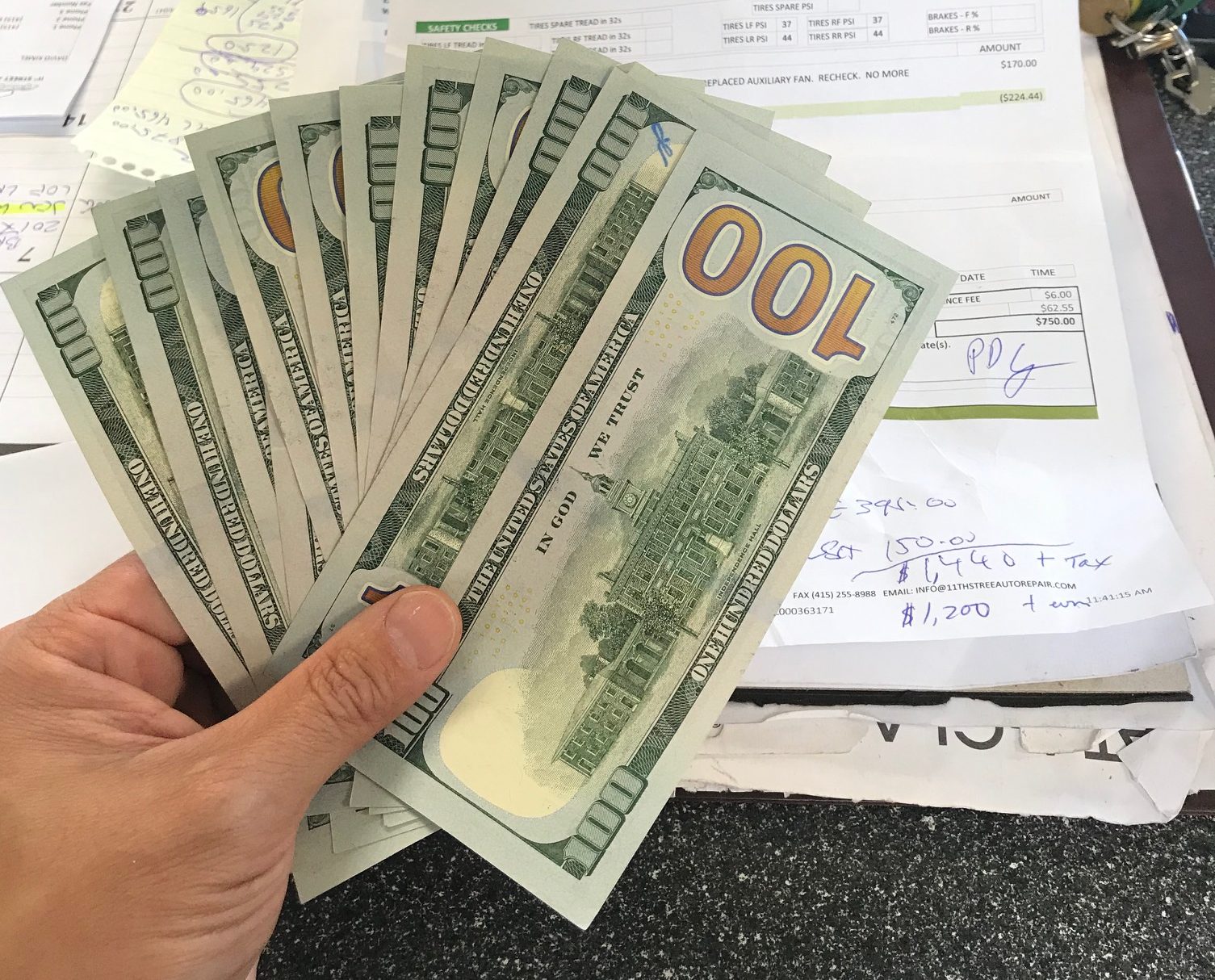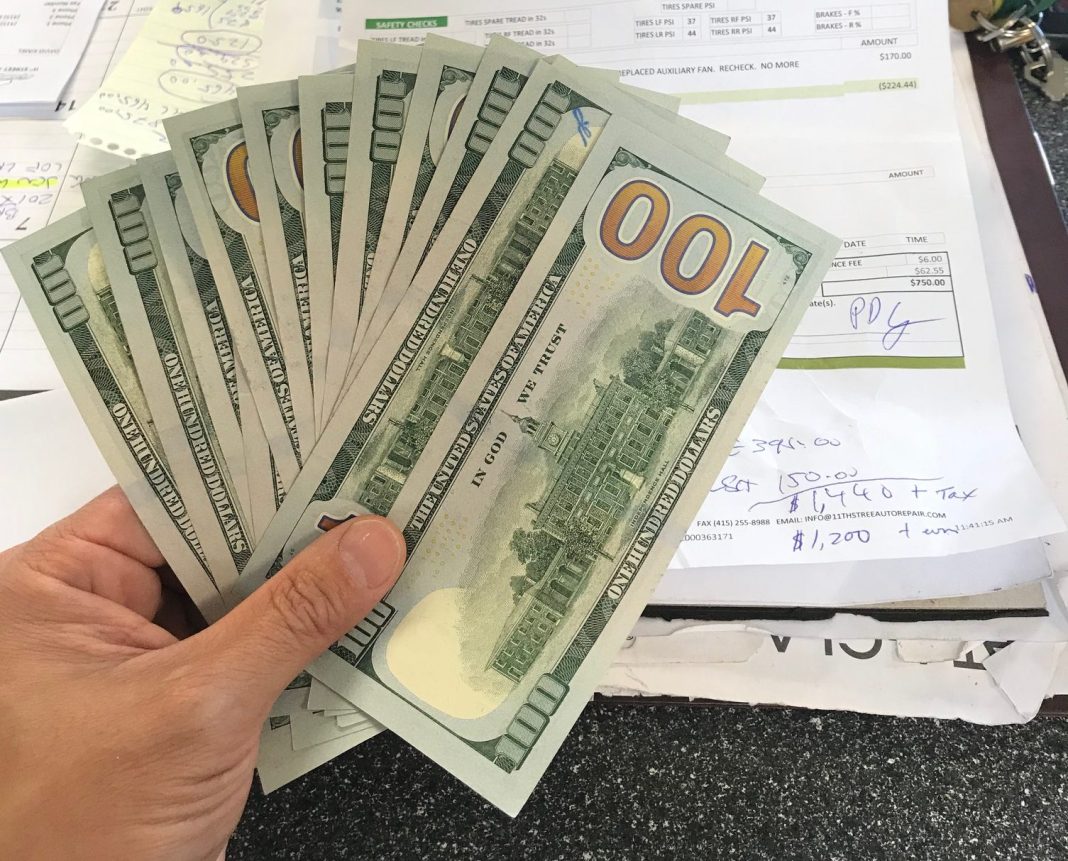
Saving Money: The Risks of Keeping Cash at Home
Introduction:
In the past, it was common for people to save money at home, particularly those who lived through the Great Depression. The collapse of many banks during that time led to a widespread distrust of financial institutions, prompting individuals to hide their money in various places around the house. While the practice of keeping cash in a shoebox or other hiding spots has diminished, a recent study by GoBankingRates reveals that 25 percent of Americans still rely on this outdated method. However, this approach poses significant risks and is not a wise choice in today’s financial landscape.
Putting Money in a Shoebox Is Not a Good Idea:
Although commendable, saving money in a shoebox is no longer a secure option. Modern banking systems provide much safer alternatives, with the Federal Deposit Insurance Corp. (FDIC) guaranteeing up to $250,000 of funds in insured banks or credit unions. In the event of a robbery or building destruction, individuals can expect a quick reimbursement of their money. On the contrary, keeping cash at home offers no protection against potential disasters such as fires, floods, or earthquakes. If such an unfortunate event occurs, the money is irretrievably lost, along with any hopes for a comfortable retirement or enjoyable vacations.
Homeowner’s Insurance Does Not Cover It:
Some may argue that their homeowner’s insurance policy will cover the loss of cash stored at home. However, according to DavidsOnCap, even with a personal belongings rider on the policy, the coverage for cash losses is limited to a mere $200. Therefore, relying on insurance to compensate for the loss of significant savings is not a viable solution.
A Better Way to Plan for Retirement:
To ensure the security and growth of savings, individuals must explore safer retirement-planning methods. While some options involve certain risks, it is possible to minimize or even eliminate those risks by seeking guidance from professional financial advisors. These experts possess the knowledge and expertise to provide the best strategies for saving money and building a solid retirement fund.
Interest Can More Than Double Your Money:
One of the most effective ways to accumulate wealth for retirement is to invest in various interest-earning accounts. Retirement accounts, such as employer-offered plans like a traditional IRA or a 401(k), provide the opportunity to grow savings significantly. Some employers even match their employees’ contributions to a certain extent, accelerating the growth process. Depending on the timing, individuals can earn more than twice the amount they initially invested by the time they retire. This substantial growth is simply impossible when money is stashed away in a shoebox. While typical savings accounts at most banks offer less than 1 percent interest, certain online banks provide rates as high as 6 percent. By investing in these accounts, individuals can potentially double their initial investment in just 12 years and accumulate more than three times the initial amount in 36 years, assuming a consistent interest rate.
Employers Retirement Accounts:
Opening a retirement account with an employer offers additional advantages for saving money securely. Regular monthly contributions to these accounts generate more substantial earnings. Furthermore, unlike regular savings accounts, retirement plans such as IRAs or 401(k)s defer tax payments until retirement. By the time individuals retire and start making withdrawals, they often find themselves in a lower tax bracket, resulting in reduced tax liability. Employers’ retirement accounts also offer the opportunity to choose investments that can yield higher returns, as the stock market determines the interest rate, causing it to fluctuate.
Health Savings Accounts:
Health savings accounts (HSAs) provide another avenue for saving money, especially for healthcare costs. To qualify for an HSA, individuals must have a high-deductible health policy (HDHP). Contributions made to these accounts are tax-deductible, and the funds continue to grow tax-free until retirement. Additionally, all withdrawals used for medical expenses are tax-free.
High-Yield Money Market Funds:
Apart from the aforementioned methods, individuals can also consider investing in high-yield money market funds. These funds offer higher interest rates but come with some level of risk. However, individuals can select a risk level that aligns with their needs and financial goals. By saving money through these secure methods, individuals can enjoy peace of mind, knowing they are not vulnerable to theft or unexpected disasters. It is crucial to consult with a financial advisor to determine the most suitable approaches for saving money and building a robust retirement fund.
Conclusion:
While the practice of keeping cash in a shoebox may have historical significance, it is no longer a viable option for saving money securely. Modern banking systems, backed by the FDIC, offer extensive protection for deposited funds. By investing in interest-earning accounts, such as retirement plans or high-yield money market funds, individuals can maximize their savings and substantially grow their wealth for retirement. Seeking guidance from financial advisors is essential to develop a personalized financial strategy that minimizes risks while ensuring a comfortable retirement.


